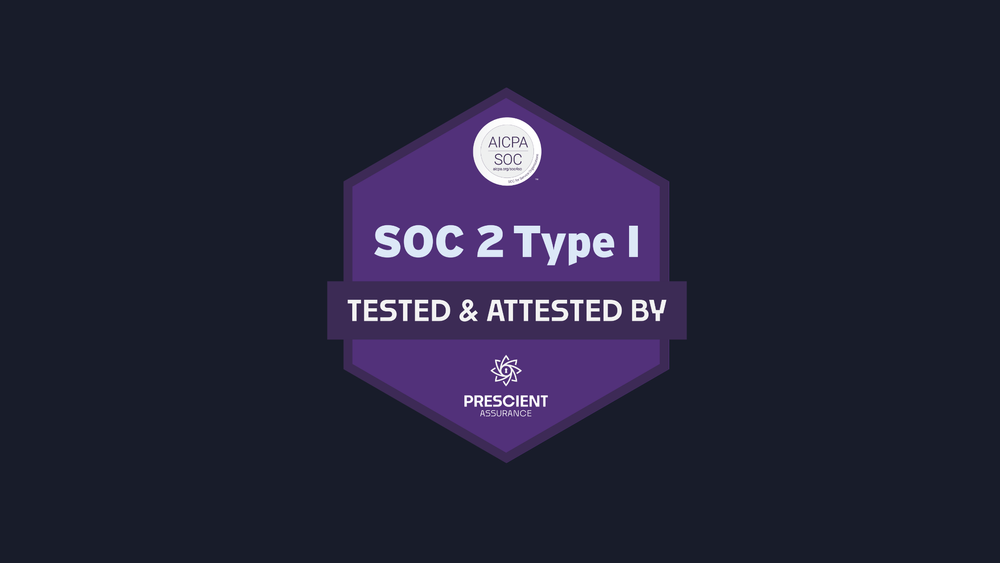As the cannabis industry continues to expand and evolve, operators face the challenge of effectively managing operations, data, and compliance requirements.
In the quest for a comprehensive solution, cannabis Enterprise Resource Planning (ERP) systems often emerge as a popular choice. However, the unique dynamics and complexities of the cannabis industry raise questions about the suitability of ERPs to meet its specific needs.
This article explains what an ERP is and where it might be beneficial before delving into the limitations of ERPs for cannabis operations and exploring an alternative approach that better addresses the industry's requirements: Manufacturing Execution Software (MES).
By examining the shortcomings of ERPs and highlighting the advantages of MES, we aim to provide cannabis businesses with valuable insights to make informed decisions about their software infrastructure.
1. Implementation is complex and system maintenance is very expensive
2. ERPs aren't flexible enough for changing and new processes
3. Specialized employees are required to manage ERP data
4. There is a lag between what’s happening in real-time and the information in the ERP
5. ERPs don’t address cultivation

What is a cannabis ERP and what does it do?
A cannabis ERP is a comprehensive software system designed to manage and automate daily business activities within an organization. Its primary purpose is to centralize and manage business functions in a unified database. This integrated approach encompasses accounting, procurements, human resources, customer resource management, sales, inventory management and more. The ERP is designed to make data accessible and promote collaboration across all departments.
Cannabis ERPs are typically composed of distinct modules, each catering to specific business functions. For example, the finance module might include applications for general ledger, accounts receivable and payable, and cash management. The inventory module could include applications like order management, purchasing, and warehouse management. Organizations can select and implement the modules that align with their specific requirements, usually executing implementation in stages.
The objective of an ERP is to provide real-time data and analytics for businesses. By housing all relevant information in one centralized location, companies can monitor performance metrics, identify areas for enhancement, and make informed decisions backed by data. The cannabis ERP empowers organizations to leverage data-driven insights for optimizing their operations and driving growth.
How important is an ERP for your cannabis business?
Cannabis ERPs can be important to your cannabis business if you’re struggling with operational visibility and costing, hindering your ability to make data-informed and agile business decisions.
These issues are what might lead you to the road of exploring cannabis ERPs for your business. ERPs are typically marketed as a unified system that can capture all the data in your business. With an ERP in place, you should theoretically have comprehensive visibility into your business operations and associated costs.
This is why many finance departments advocate for cannabis ERPs.
However, it is important to note that while cannabis ERPs may appear to be the perfect solution for unlocking organizational and cost data, the reality is often a lot more challenging. Implementing and managing such a complex system can be difficult and often does not go as smoothly as anticipated.

Why ERPs might not be a good fit for your cannabis operation
While cannabis ERPs are often advertised as all-encompassing solutions for businesses, implementing and running these systems is a huge undertaking.
Numerous cannabis producers have ventured into the ERP realm, only to encounter limited or no success, spending substantial amounts of time & money, and ending up with a software system that fails to meet their operational needs.
Let’s break down the main issues that arise when using cannabis ERPs.
Implementation is complex and system maintenance is very expensive
Cannabis ERP systems are complicated and require a lot of time and effort to incorporate your business processes. This task often necessitates the assistance of an external consultant who can advise on the implementation process and train your staff.
It’s common for implementation to span a year or longer, during which you will be incurring ongoing costs for implementation fees and consultant services. These expenses can accumulate to substantial amounts, reaching hundreds of thousands of dollars.

Customizing or tailoring the software to new needs can be as challenging and time-consuming as a fresh implementation. This can result in costly vendor lock-in, where companies find themselves heavily reliant on the ERP provider for system modifications.
Despite the investment of time and resources, it is not uncommon for the system to fall short of meeting your expectations or working as desired.
In fact, according to a report from Analyst firm Gartner, approximately 55% to 75% of all ERP projects fail to meet their objectives.
The complexity and expenses associated with cannabis ERP implementation and maintenance can make it a daunting and costly endeavour, with no guarantee of achieving the desired outcomes.
ERPs aren’t flexible enough to handle changing processes and business demands
Traditional EPRs were built for industries with static processes and inputs, like the automotive and pharmaceutical sectors.
However, the cannabis industry is highly dynamic and changes rapidly. What you’re producing might be impacted by market growth and demand, research and development, emerging technology and evolving regulations.

For example, legislative changes in Canada introduced new product types, including edibles, concentrates and topicals. These changes triggered a wave of research and technological advancement in areas such as cannabinoid solubility for beverages, novel extraction techniques, and large-scale production methods. Cannabis businesses faced the challenges of adopting this new category of products and the subsequent surge in consumer demand.
Because of the industry’s dynamic nature, you might frequently modify your product lineup, introduce new SKUs, and adjust your production processes accordingly. Additionally, the cost of inputs also has fluctuated drastically over time.
If you want to make process changes within a cannabis ERP, professional assistance is typically required. The reliance on external help contributes to the high maintenance costs associated with ERP systems.
Flexibility in the cannabis industry gives companies a competitive edge. Unfortunately, ERPs can hinder the speed at which a company can pivot and adjust because it’s challenging to make changes on the fly within the system.
In summary, the inflexibility of cannabis ERPs in accommodating evolving processes and business demands can be a significant drawback, impeding the agility and responsiveness of your cannabis businesses.
Specialized employees are required to manage ERP data entry
Implementing a cannabis ERP system requires you to have dedicated employees responsible for gathering information from paper records and inputting them into the system. You might need to hire additional staff to manage the ERP effectively. The manual transcription process is highly susceptible to human error, which can lead to inaccurate data input.
Using the cannabis ERP for data entry and generating reports can be a complex task that demands specialized training for employees to fulfill this role. Extensive training is necessary during the implementation phase to bring employees up to speed with the ERP's functionalities and operations.
Relying on specialized employees to manage your ERP adds an extra layer of complexity and resource allocation to your organization, not to mention increased operational costs.
There is a significant lag between the production floor and information in the ERP
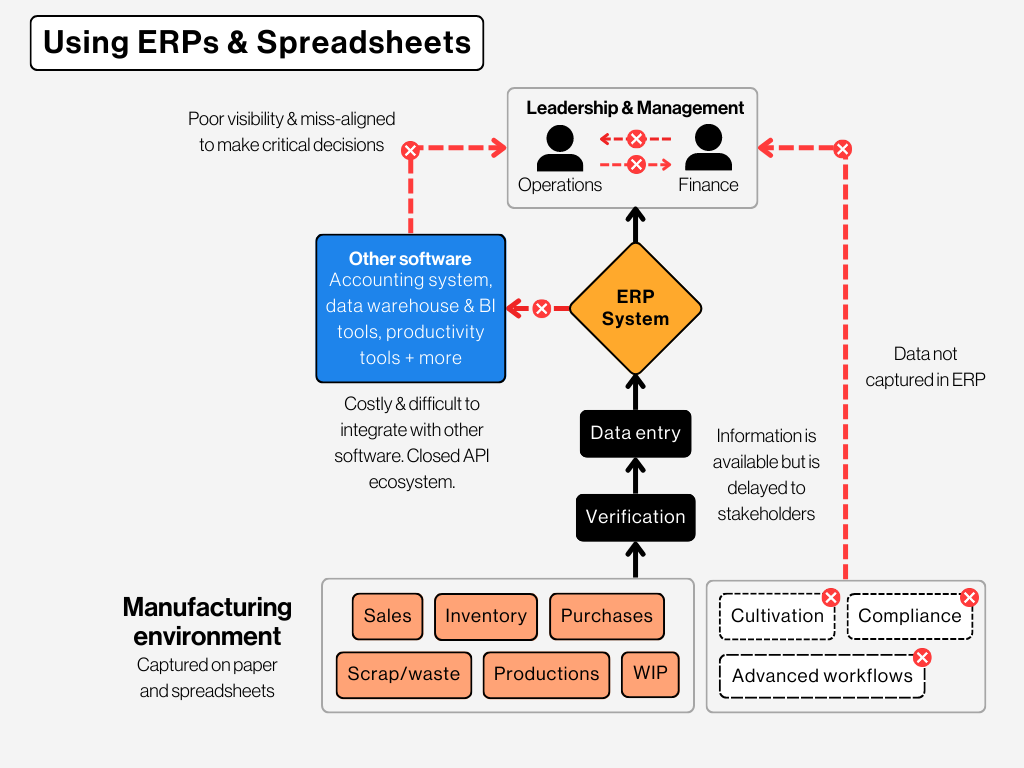
Incomplete implementations, where only some departments are brought online, result in a lack of data sharing and misalignment between operations and finance teams. As a result, both departments lack visibility into real-time manufacturing information, impairing their ability to make timely and well-informed decisions.
For example, on the production floor, staff members rely on paper records to document their work. These records are then collected by another staff member who verifies their accuracy before passing them on to be manually entered into a cannabis ERP system. This workflow often uncovers mistakes that require staff to reconcile the issues, further slowing down the process. Additionally, certain workflows, like tracking infused cannabis pre-rolls that involve multiple types of cannabis inventory, might be completely outside the ERP system.
The production department, being directly involved in operations, has a deeper understanding of production progress. In contrast, the finance department primarily relies on information from the ERP, which may lack the most up-to-date data (data in the ERP can be up to two weeks old) and even miss certain information altogether. This disparity contributes to the misalignment between the teams, as they are working with incomplete and potentially outdated information.
Relying on outdated data, sometimes weeks old, is far from ideal for running a business. It prevents you from truly understanding the state of your business today. Instead, your business decisions are always reactive rather than proactive, increasing the risk of errors such as double allocation sales or missing out on new opportunities.
ERPs don’t address compliance in the cannabis industry
While ERPs offer various functionalities for managing business operations, they lack the specific compliance needs of the cannabis industry. To ensure Good Production Practices (GPP) or Good Manufacturing Practices (GMP) and other regulatory standards, additional systems and processes need to be implemented alongside the ERP.
In Canada, for example, cannabis producers face significant challenges in maintaining records and generating monthly Cannabis Tracking System (CTS) inventory reporting. These tasks require systems that account for the compliance needs of the business.
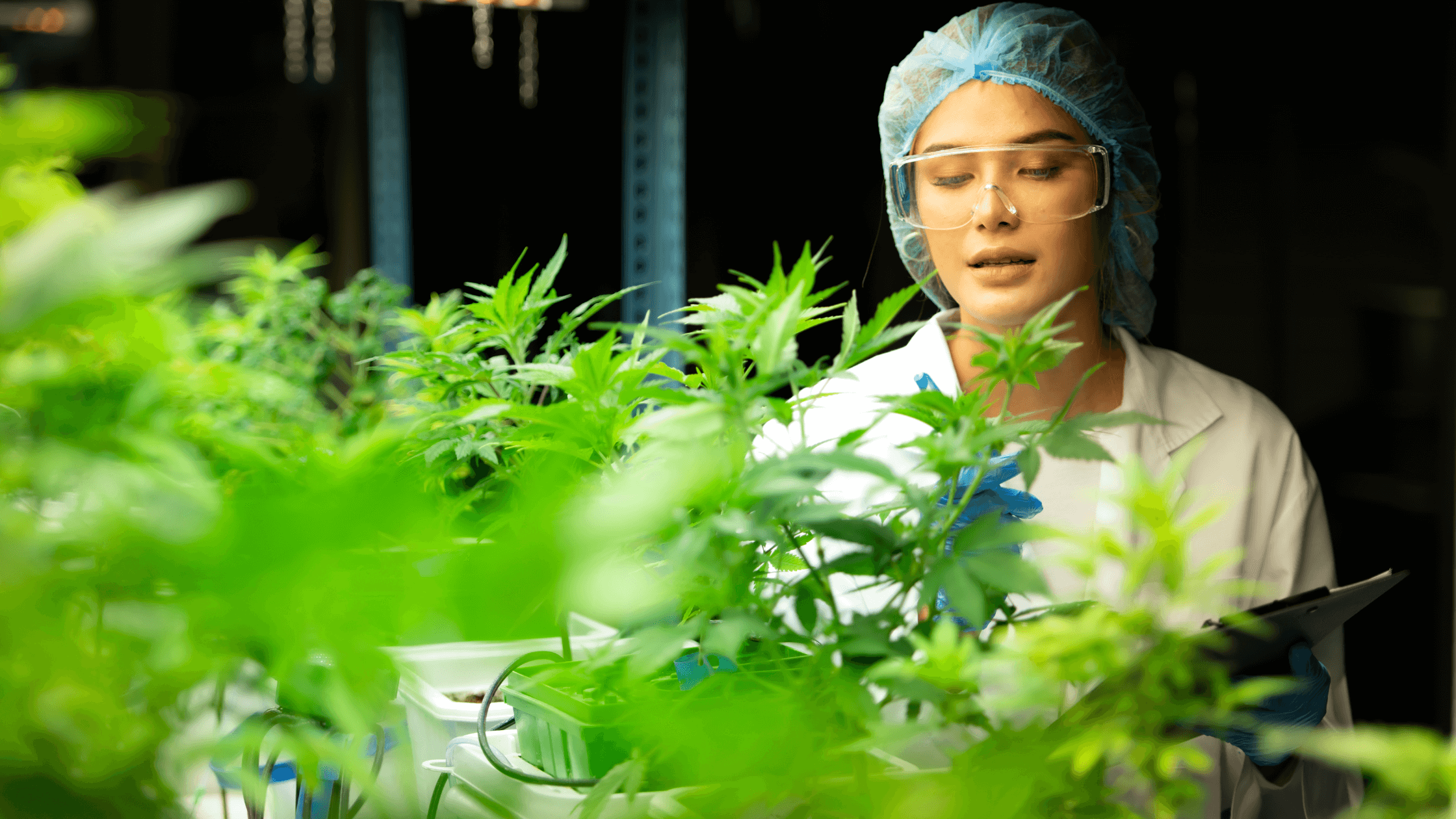
ERPs don’t address cultivation
ERPs aren’t well-suited for cannabis operations that conduct cultivation activities. The nature of cultivation involves numerous variables that lead to variation between strains and batches. ERPs lack the necessary flexibility to accommodate these variations because they’re typically designed for manufacturing settings where processes remain consistent.
It’s common for cannabis cultivators to experiment with genetics and cross-breeding of different cannabis cultivars. ERP systems struggle to track this unique process, which differs from conventional manufacturing environments like automotive or chip manufacturing, where inputs and outs remain consistent.
Growing and post-harvest variables, such as light exposure, time to harvest, yield and cannabinoid profiles, can vary significantly from batch to batch.
As a result, a large portion of your production won’t be captured within the ERP system if you're a cultivator. In such cases, it becomes necessary for you to implement a separate system to manage that aspect of production.

Do you need a cannabis ERP or something else?
If you’re looking to unlock visibility into your operations and costing, you’ll likely stumble across cannabis ERPs. While ERPs may appear appealing on the surface, it’s important to understand their implementation challenges. Before making a decision, take the time to assess your specific needs and consider the full scope of implementing an ERP.
Start by identifying the problems you aim to solace within your business and explore software solutions that address those needs. We have compiled a comprehensive guide for cannabis producers, which covers various software options in the industry, including cannabis ERPs, Electronic Quality Management Systems (eQMS), Manufacturing Execution Systems (MES), and Seed-to-Sale software. The guide also includes a complimentary decision-making matrix to help you make an informed choice.
Ideally, you want a system that collects and consolidates information from various aspects of your business, acting as a central source of truth for your organization. While ERPs are theoretically designed for this purpose, they often fall short in practice.
Instead, consider a different approach known as a “system of systems” approach. In this approach, specialized software solutions are combined and connected through an Application Programming Interface (API). This allows for seamless communication and information sharing among different software systems.
By adopting a system of systems approach, you can overcome the limitations of traditional cannabis EPRs. You no longer require specialized employees solely dedicated to data entry, as production employees can input data directly from the production floor using digital forms. This allows for data capture in a similar manner to traditional paper systems but in a more efficient and streamlined way.
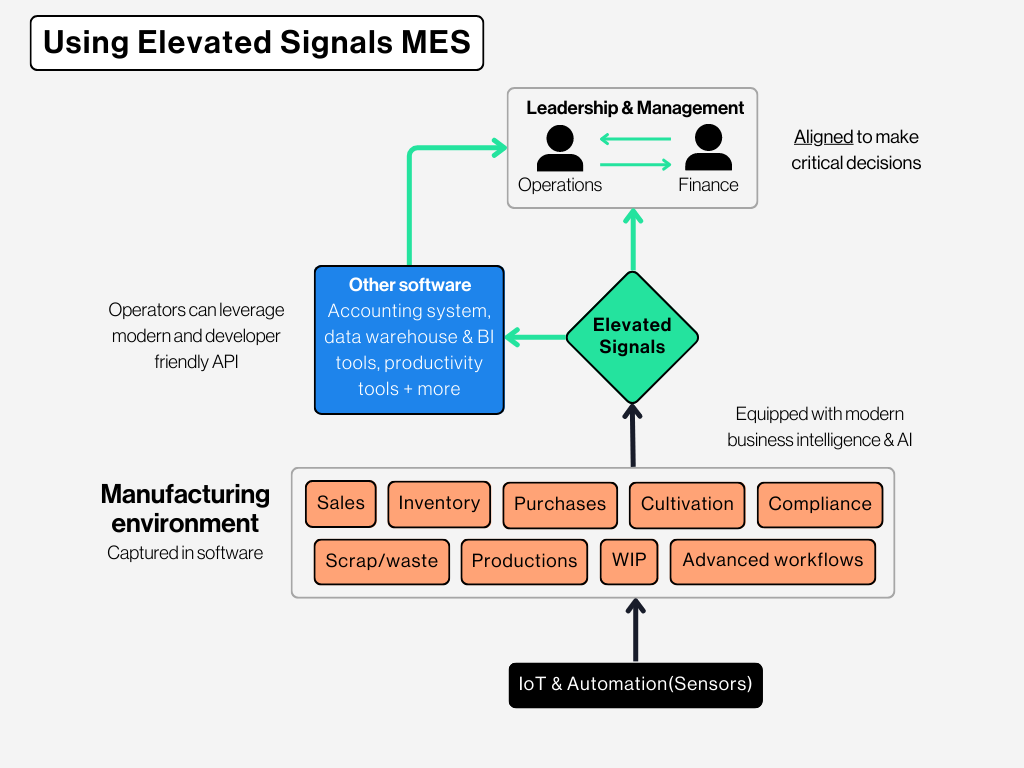
Moreover, with a system of systems approach, you have greater control over software customization. You can capture and report unique production data specific to your needs, such as THC percentage, lot and SKU packaging dates, and more.
This flexibility enables you to dynamically respond to changing business demands, including cultivation, production, and export. Additionally, a modern and developer-friendly open API allows for seamless integration with other software tools, such as Business Intelligence(BI) tools, eQMS, accounting software, and more, as your business evolves and scales.
In summary, instead of relying solely on a cannabis ERP, consider the benefits of a system-of-systems approach, which offers greater flexibility, customization, and integration capabilities. It provides you with a comprehensive and tailored solution that can meet your specific needs while enabling efficient and informed decision-making within your cannabis business.
MES vs ERP
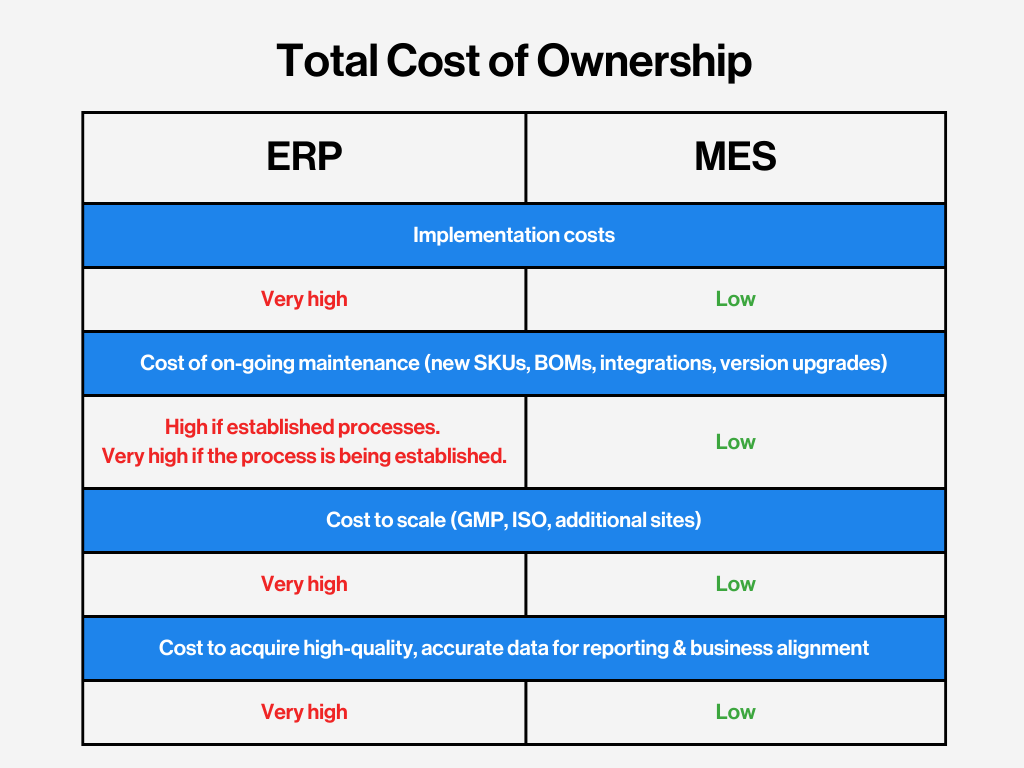
Manufacturing Execution Software (MES) provides distinct advantages over cannabis ERP software, particularly in the context of cannabis production.
Cannabis MES software is specifically designed to track and document the entire process of transforming raw materials into finished goods. It offers a centralized platform where all inventory movements, quality control activities, and environmental data can be captured and recorded, resulting in detailed production batch records.
Compared to ERP software, MES solutions are intuitive to use and typically do not require extensive specialized training. Implementation success rates for MES are typically over 95%, indicating their ease of adoption. Teams can easily transition their existing operations into an MES by digitizing the forms and processes they are already familiar with.
MES software allows for easy configuration by existing staff, providing the ability to customize the system to track specific data points and workflows without the need for additional development. This flexibility makes MES ideal for dynamic and growing companies as new processes and data can be seamlessly added, and SKU workflows can be iterated upon.
MES offers the advantage of being built on an open API, allowing for seamless integration with multiple systems. This enables data sharing and real-time information updates across various departments, fostering alignment and facilitating informed business decisions.
Cannabis MES systems incorporate quality and compliance features as an integral part of their functionality. They allow for precise tracking of data, inventory, and quality according to specific requirements. Quality controls within MES systems enable quality assurance teams to assign different statuses to inventory, maintain detailed batch records, and ensure traceability throughout the production process.
MES software provides comprehensive capabilities for managing manufacturing operations, capturing and tracking vital data, enabling customization and flexibility, facilitating seamless integration with other systems, and ensuring adherence to quality and compliance standards. Consider adopting an MES solution to optimize your manufacturing processes and enhance overall operational efficiency.

Conclusion
Traditional ERPs may not be ideal for managing operations and data for cannabis producers. They can be complex, expensive, and lack the flexibility needed to address industry-specific challenges. Instead, adopting a “system of systems” approach with specialized MES software proves to be a more effective and practical choice.
MES software caters to cannabis cultivation, production, and inventory management, providing intuitive interfaces and quick and tailored implementation.
MES enables you to capture and track critical data, generate comprehensive production batch records, ensure compliance, and make informed decisions based on real-time and accurate data. Embracing MES and a system-of-systems approach enables you to thrive in this dynamic industry.


